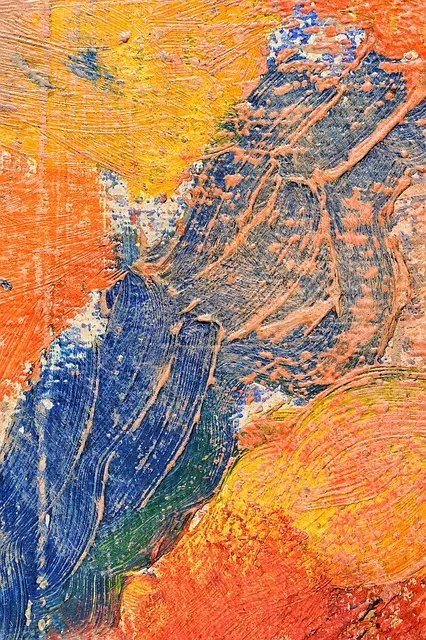Acne scars result from inflammation damaging collagen and elastin fibers during acne outbreaks, leading to varied depths of depression or pitting. Key causes include hormonal fluctuations, genetic predisposition, and excess sebum production causing clogged pores. Over time, inflamed pimples leave visible marks due to scar tissue formation. Advanced treatments like laser procedures (using targeted light beams to stimulate collagen) and microneedling (creating tiny channels to encourage natural healing and collagen/elastin production) offer effective solutions for minimizing or eliminating acne scars, providing more permanent results than over-the-counter remedies. Maintaining a consistent at-home care routine and considering professional treatments like microneedling or laser therapies can significantly improve skin health and texture.
Acne scars can leave lasting marks on your skin and self-esteem. Understanding their causes is the first step towards effective management. This article delves into the world of advanced acne scar treatments, exploring powerful options like laser therapies and microneedling to promote collagen production and even out skin tone. We also guide you through essential at-home care routines to complement professional treatments and enhance overall skin health.
- Understanding Acne Scars and Their Causes
- Advanced Treatments: Laser and Microneedling Therapies
- At-Home Care Routines for Improved Skin Health
Understanding Acne Scars and Their Causes
Acne scars are a common concern, resulting from inflammation and damage to the skin’s collagen and elastin fibres during an acne outbreak. These scars can range from shallow depressions to deep pitting, depending on the severity of the initial breakout. Understanding the causes is key when seeking effective treatment options.
The most well-known reasons for acne scars include hormonal fluctuations, genetic predisposition, and excessive sebum production leading to clogged pores. Over time, inflamed pimples can leave behind visible marks as the skin attempts to heal itself, often resulting in scar tissue formation. Advanced acne scar treatments like laser procedures and microneedling have gained popularity due to their ability to stimulate collagen production and improve skin texture, offering promising results for those seeking to minimize or eliminate these scars.
Advanced Treatments: Laser and Microneedling Therapies
Advanced Treatments like Laser and Microneedling Therapies have emerged as powerful tools in the fight against acne scars, offering promising results for those seeking effective solutions. Laser treatments utilize targeted beams of light to stimulate collagen production and gently resurface the skin, reducing the appearance of depressed or raised scars. This non-invasive procedure is precise, allowing dermatologists to customize the treatment to different skin types and scar severity.
Microneedling, on the other hand, involves using fine needles to create tiny channels in the skin, encouraging the body’s natural healing process. By stimulating collagen and elastin production, microneedling can improve the texture and overall appearance of acne scars. These advanced treatments provide a more permanent solution compared to over-the-counter remedies, making them popular choices for achieving clearer, smoother skin.
At-Home Care Routines for Improved Skin Health
Creating a consistent at-home care routine can significantly enhance skin health and even improve the appearance of existing acne scars. Daily cleansing is non-negotiable; use gentle, hydrating cleansers to remove impurities without stripping your skin’s natural oils. Follow with a light, water-based toner to balance pH levels and prepare the skin for better absorption of products.
For advanced acne scar treatment, consider incorporating targeted treatments like microneedling or laser treatments for acne scars. Microneedling uses tiny needles to stimulate collagen production, helping to soften and even out scarred areas over time. Laser treatments offer a precise approach by breaking up scar tissue, allowing the skin to heal and regenerate with improved texture and tone.


